5 Startling + 5 Hopeful Facts about Food and the Planet.
Food and how we grow and produce it can be nourishing for our bodies and the planet, yet industrialized animal agriculture is ravaging our environment. Every time we order a cheeseburger, steak, or milkshake, we’re unwittingly investing in a corporate food system that’s destroying biodiversity, exacerbating climate change and contributing to deforestation, dead zones in the ocean and water and air pollution.
Did you know?
-
1
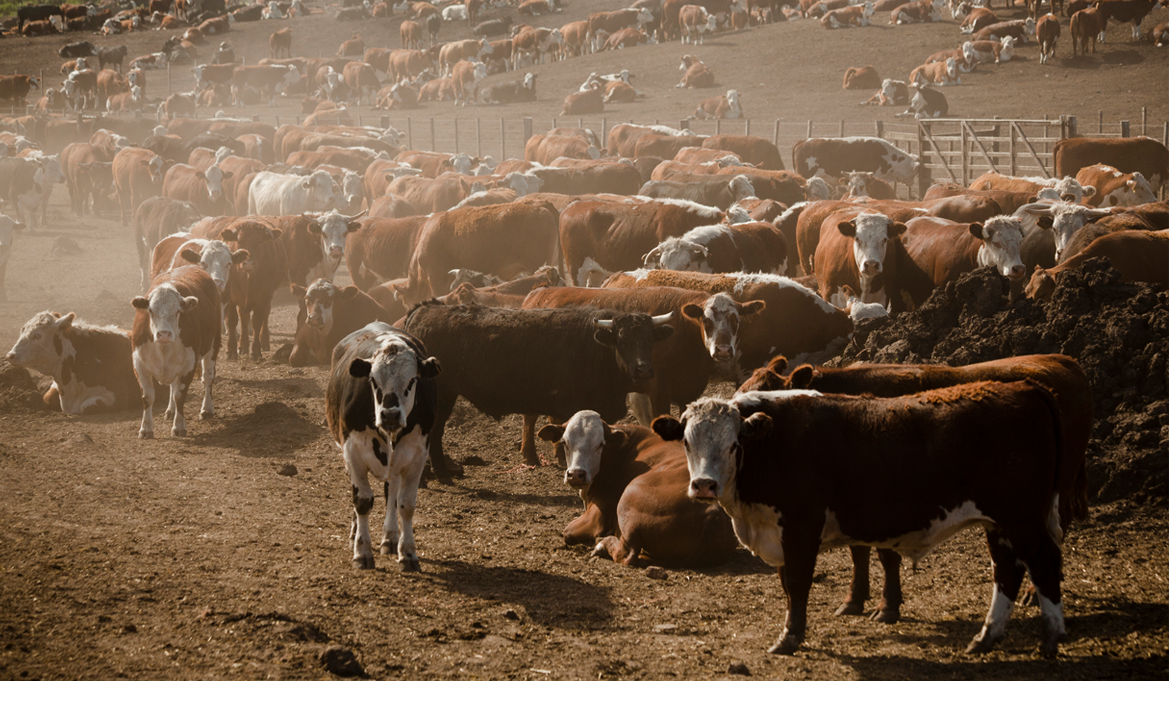
Animal agriculture contributes 14.5% of greenhouse gases — more than all transportation combined — making it the #2 leading cause of greenhouse gas emissions.
-
2
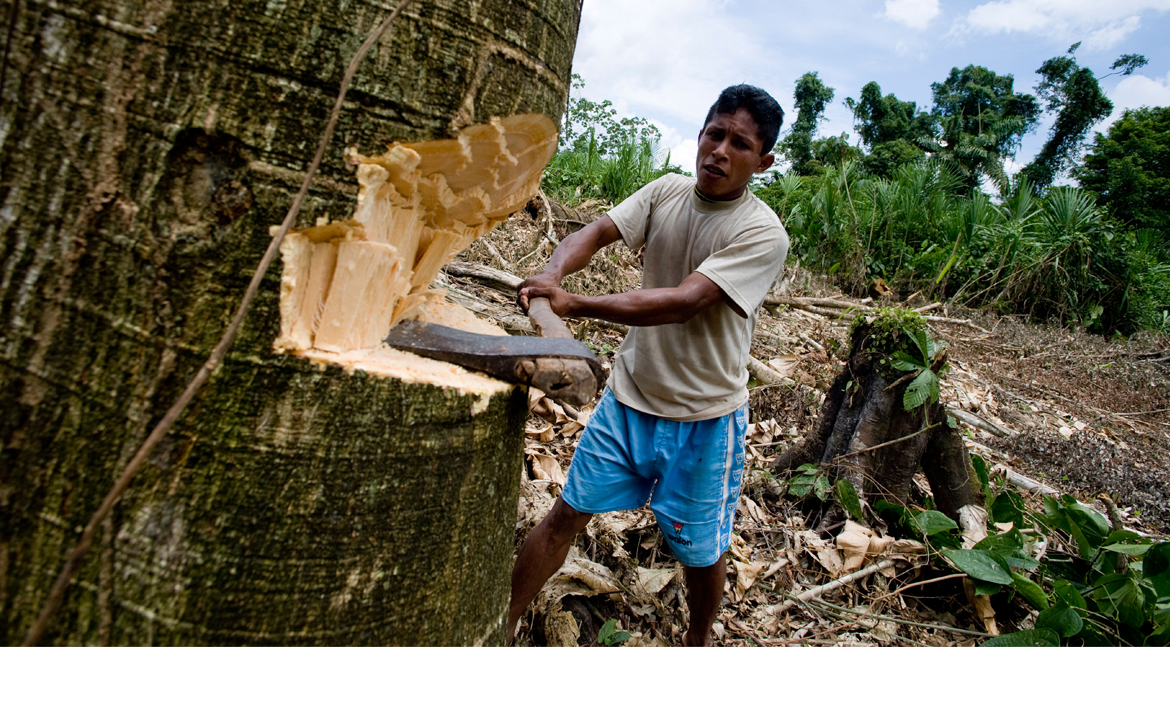
Animal agriculture is also the #1 contributor to extinction and biodiversity loss due to the land needed for grazing and growing feed for livestock.
-
3
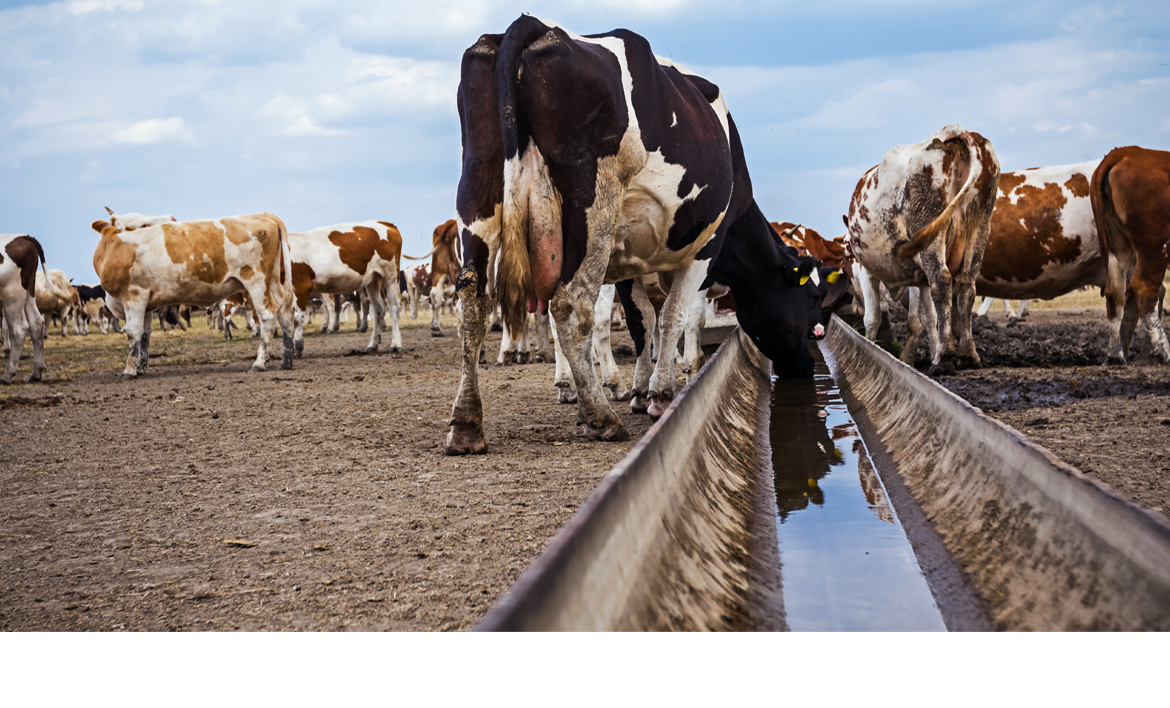
17% of all global fresh water consumption is used for livestock and livestock feed.
-
4
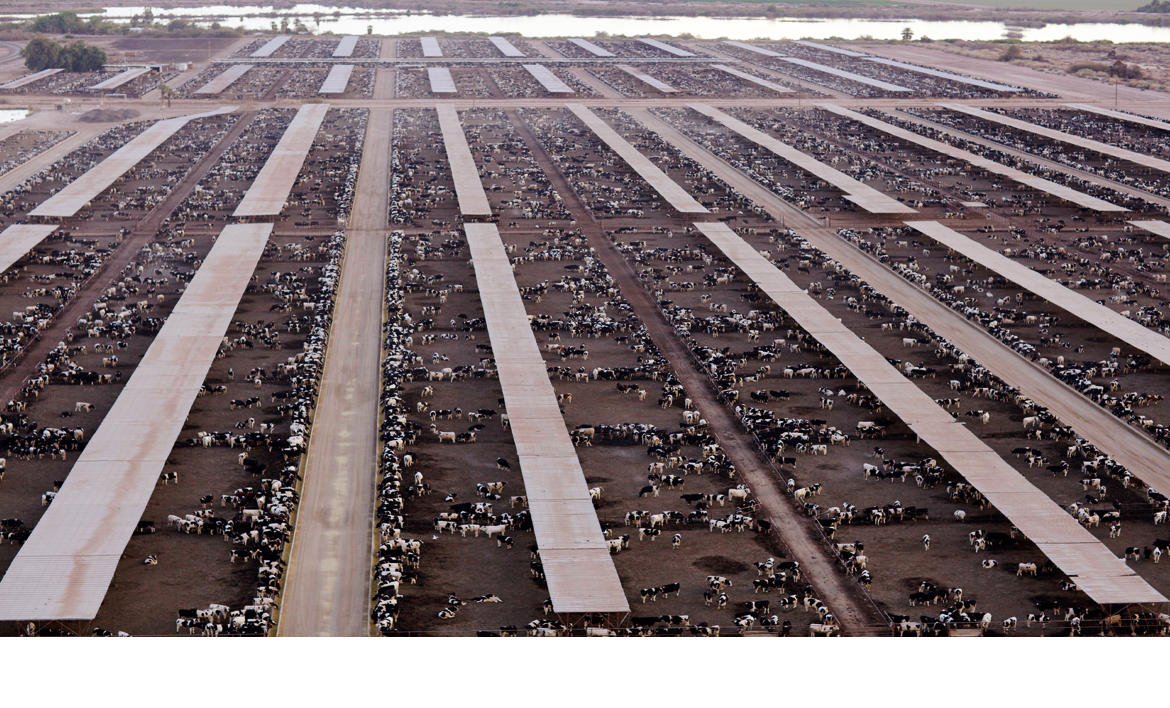
Beef generates 20 times more greenhouse gas emissions and requires 20 times more land than beans, per gram of protein.
-
5
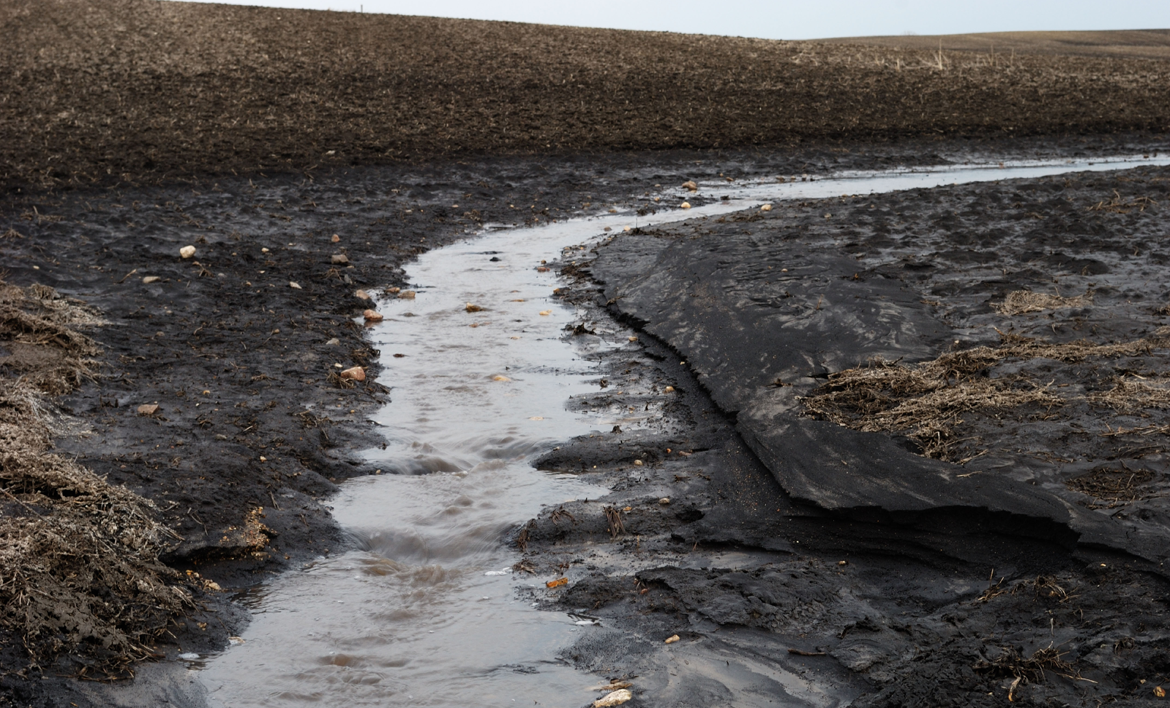
The massive livestock sector is the largest contributor to global water pollution and a major driver of the ocean’s 404 dead zones.
Don’t Despair!
If the world went vegetarian, greenhouse gas emissions could be cut down by two-thirds by 2050.

Eating three plant-based meals a day for a year can save the equivalent of greenhouse gases generated from driving from New York to San Francisco four times.
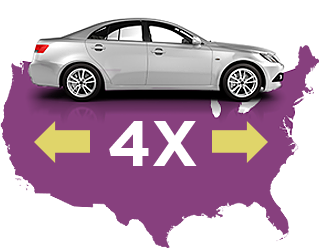
On average, just two football fields per year can feed 14 people a plant-based diet vs. only one person eating meat and dairy.

If everyone in the world consumed a predominantly whole food, plant-based diet, nearly 5 billion football fields of land could be restored to forest.

Shifting the world toward eating more plant-based foods could supply 30% more food to the planet’s growing population.

The Green Eater Meter: How What You Eat Impacts the Planet
Ever wondered how eating something like black beans stacks up to eating ground beef? Check out our Green Eater Meter to compare different plant-based foods to their meaty counterparts. Every meal you have is an opportunity to help restore forests, reduce your carbon footprint and save water — simply by eating plant-based! Learn more below.
The Green Eater Meter
RESULTS: THE IMPACTS OF EATING
LAND USE
WATER USE
MILES DRIVEN
COMPARE TO: A PLANT-BASED ALTERNATIVE
LAND USE
WATER USE
MILES DRIVEN
OR CONSIDER THESE OTHER PLANT-BASED ALTERNATIVES
| Food Type | Land Use | Water Use | Miles Driven |
Climate Change.
“The rearing of livestock for meat, eggs and milk generates 14.5% of total global GHG emissions, occupies 70% of agricultural land, is the main agricultural cause of deforestation, biodiversity loss and land degradation, and a major polluter of waterways. Meat-heavy diets are implicated in rapid growth in diet related diseases around the world.”
— Tara Garnett, University of Oxford, Food Climate Research Network
The science is in. Animal agriculture is the #2 contributor to greenhouse gas emissions in the world. In fact, if the world’s cattle formed a nation, it would be the 3rd largest greenhouse gas emitter after China and the U.S.
Greenhouse gasses including methane, carbon dioxide and nitrous oxide have caused a chronic state of climate emergency, which includes:
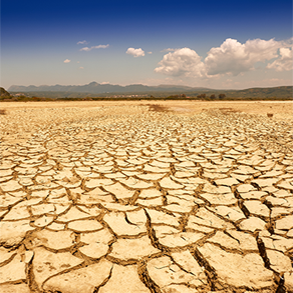

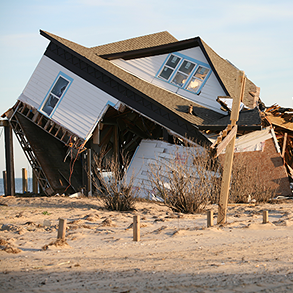

While you might feel overwhelmed, anxious, or even numb to the facts, the good news is there is something you can do. Starting with what you choose for breakfast, lunch or dinner. Every meal is an opportunity to reduce your carbon emissions. In fact, by going plant-based, you can cut your greenhouse gas “foodprint” — emissions generated from the food you eat — in half. Chew on that!
Deforestation
“Trading tropical forest for farmland is one of the most destructive things we do to the environment, and it is rarely done to benefit the 850 million people in the world who are still hungry.”
— Jonathan Foley, Scientist, Drawdown
In Brazil, animal agriculture is responsible for between 70-80% of the Amazon rainforest loss. Forests are the lungs of our planet, providing us with oxygen and also sequestering planet-warming greenhouse gasses in plants, trees and soil, called “carbon sinks.” These rich ecosystems play a key role in the basic functioning of the planet, and they help maintain the climate by regulating atmospheric gases and stabilizing rainfall.


Yet 1/3rd of the Earth’s land surface is dedicated to raising livestock, which is equivalent to all of North America and 2/3rds of South America combined. This land use change comes at a heavy price to the planet, as we lose valuable oxygen, carbon sinks and about 135 plant, animal and insect species every day — that’s about 50,000 species a year.
Ready to try eating more plants? Download our Starter Guide to get support and inspiration on your OMD journey.
Water Usage
Globally, our diets must be 95% plant-based by 2050 to avoid catastrophic water shortages.
— Stockholm International Water Institute
Livestock operations require huge amounts of water. Seventeen percent of all global freshwater, to be exact, is used to grow feed and for their drinking water. In a time of worldwide drought and water shortages, knowing the truth can leave people scratching their heads, as parts of the world are without adequate water to grow food and drink. No water, no crops, no food.
How Much Water Does It Take?

1 cup of milk = 688 cups of water

1 quarter-pound cheeseburger = 1,800 gallons of water

1 2-ounce serving of cheese = 75 gallons of water
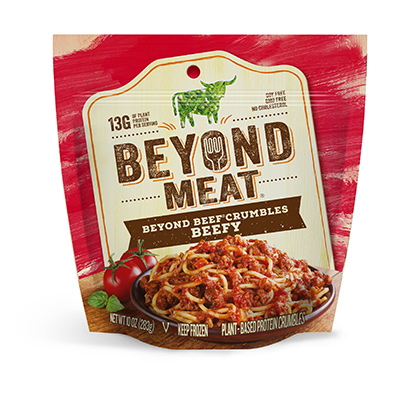
Swapping out just one pound of real beef with a plant-based alternative “Beefy Crumbles” saves almost 2,000 gallons of water

A couple eating plant-based once a day for a year would save about 337,100 gallons of water — or half the water in an Olympic-size swimming pool
EXTINCTION & ENDANGERED SPECIES
We are in the middle of the 6th great mass extinction of the planet’s history, where species are being lost at 100 times the natural rate of extinction.
Surprisingly to most, what we cook up for dinner is linked with the plants and animals disappearing from the planet — and not in the way you think. While images of cows, pigs and chickens are what first comes to mind, animal agriculture’s impact on animals extends far beyond factory farm animals.
The leading cause of biodiversity loss is due to habitat loss, or land use change from agriculture, with nearly 1/3rd of the Earth’s land surface used to raise livestock. Sadly, the meat and dairy we eat is impacting the very extinction of the wild animals and plants we love.



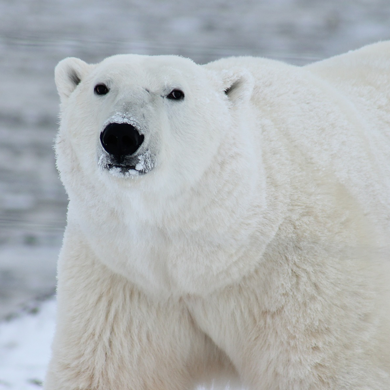
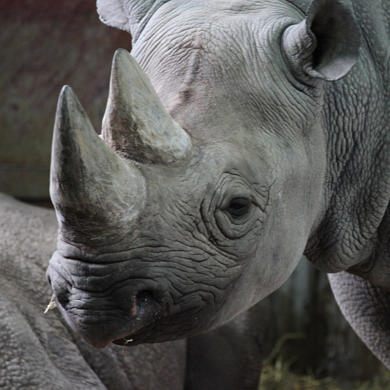
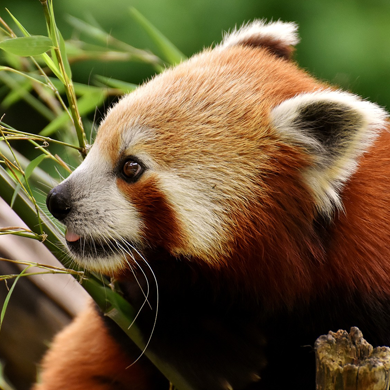
The Center for Biological Diversity reports that by 2050, the world could see between 30-50% of all species being extinct. And a whopping 30% of biodiversity loss on land has been linked to animal agriculture.
To learn more about what OMD and the Center for Biological Diversity are doing to create change, visit our Restaurant Campaign page. You, too, can join the movement toward getting more plant-based options on menus across the country!


